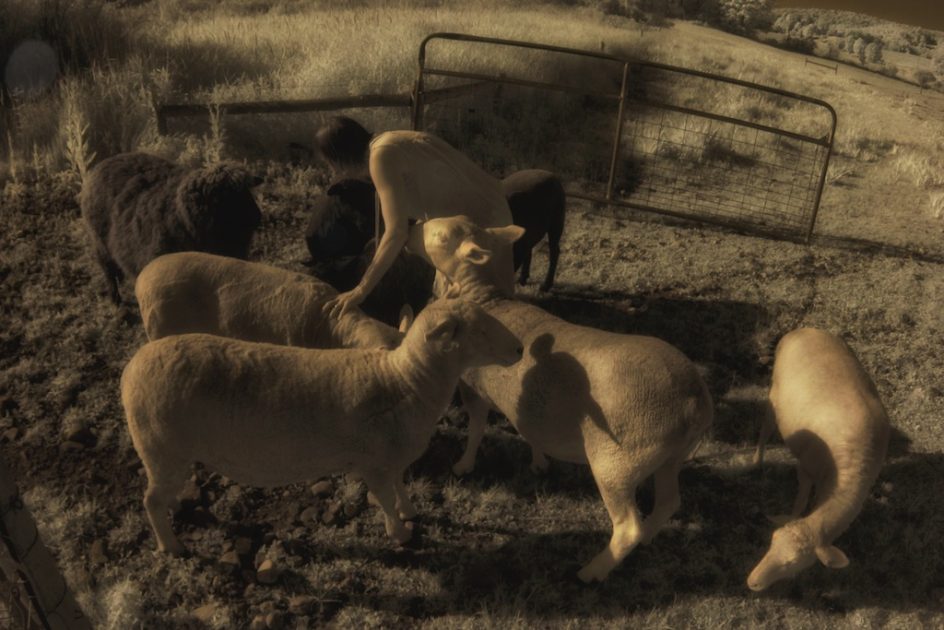
Reflected IR (infrared) light produces a number of surprising and special effects. Almost none of them can be anticipated.
Vegetation appears white or near white in IR photography.
Skin takes on a milky, smooth texture, veins can appear on the surface of skin, eyes can appear ghostly – irises register dark tones, the whites of the eye take on a grayish hue. Black clothing appears gray or white, IR light can pass through sunglasses that, to the eye, appear extremely dark or mirror-like. Blue skies are especially dramatic, gray clouds turn dark and angry. IR cameras see through rain and mist
The infrared light spectrum is called “near infrared” or simply, “IR.” Near infrared refers to the spectrum of light just beyond the range humans can detect with their eyesight. The light range is between 700-1200 nanometers. The other aspect of the IR spectrum, the “above near IR” is associated with thermal imaging in medicine and movies.
In action movies, villains are often detected by measuring their body heat under nighttime conditions. Digital camera sensors are not able to detect thermal images, but digital cameras can be converted to record them. My camera, sent to me by Daniel Llewylln of maxmax.com, a photographic conversion lab in New Jersey, is a Canon 60 D converted to infrared.
This photograph, of Maria greeting the sheep and offering them some small bits of food, looked to me almost like a sculpture. The camera picked up the body heat from the sheep and smoothed the surface of their skin, making it look almost like marble. It balanced their skin tones against hers and gave the photo a feeling of a statue, a tableau. Because the photograph is not as literal as a digital camera would create, that sometimes makes it more mystical or evocative.
I did darken the photo a bit, to heighten the emotional effect, you can almost feel the circling, writhing affect of the sheep, Maria almost caught in the middle of their attention, hunger and affection. The sheep seem especially alive, as if you are seeing and feeling their movement.
So a photo can become iconic, IR photography captures the world as it truly is, in terms of light and perhaps emotion. A different perspective, not to be overused. With IR photography, the photographer is almost a prisoner of the camera, he or she has no idea what the camera is seeing, or how to really adjust to it.
That is the exciting thing about it. I think this camera captured a scene of great power, if it had been taken with a digital color camera, it would have been less dramatic, I think, less of a tableau.
